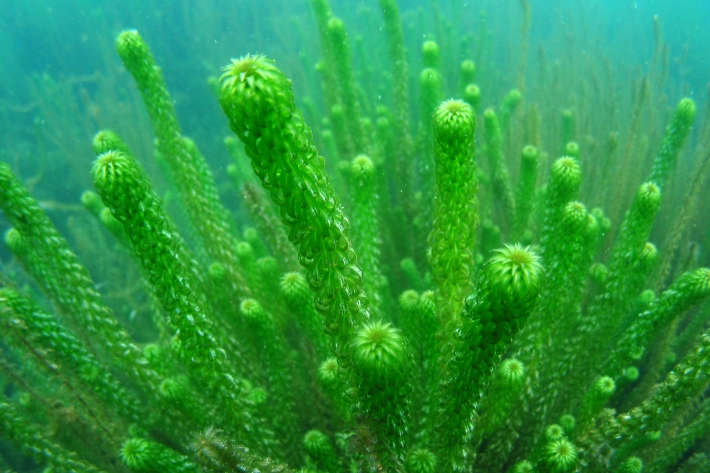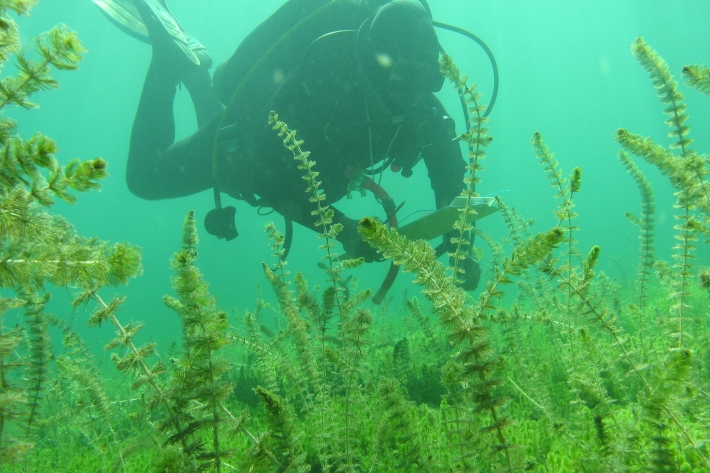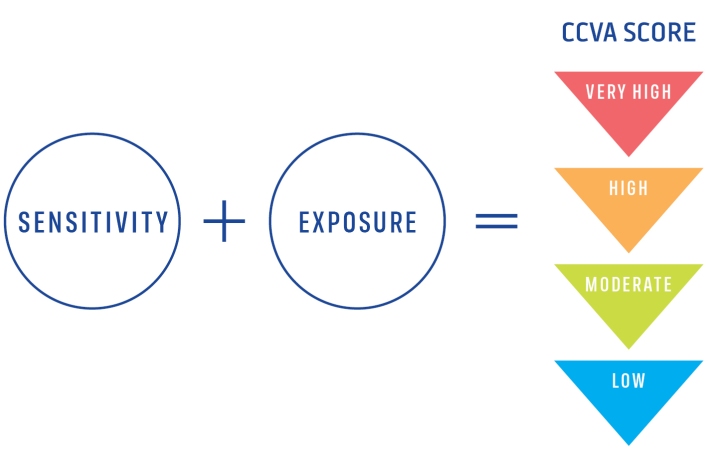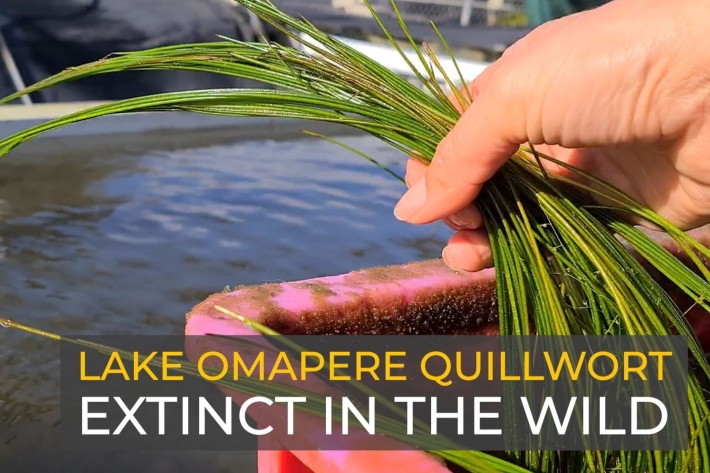-
Scientists nurturing only plant of its kind
Media release11 June 2020For more than 20 years NIWA scientists have been nurturing three plants that are the only examples of their kind in existence. -

We don’t know much about lakes and climate change, says researcher
Media release05 March 2020Scientists know so little about how storms affect the delicate balance of lake ecosystems that we may be unable to protect them from the effects of climate change, says a NIWA scientist. -

Weed Management
Research ProjectOf the more than 70 aquatic plant species naturalised in New Zealand, more than 75% have become problem weeds or have been assessed as having the potential to become future problem weeds. Most of our lakes, rivers and streams are affected by at least one of these species. -

Come jump in a lake with NIWA
Media release05 June 2019Visitors to NIWA’s stand at this year’s Fieldays are invited to go diving into the Rotorua lakes—without having to get wet. -

NIWA mapping Whakatipu lake floor
Media release08 May 2019NIWA researchers are out on Lake Whakatipu for the next week mapping the lake floor for the first time. -

LakeSPI: Keeping tabs on lake health
Software Tool/ResourceFew New Zealand lakes retain their indigenous vegetation, and the condition of many lakes is under threat from land-use changes and the invasion of alien aquatic plants. -

Stepping into the river
Feature story06 June 2017NIWA discusses, in depth, this year's most asked question—what is happening to our fresh waterways? -

Climate Change Vulnerability Assessment (CCVA)
ServiceTo prepare for changes in climate, our freshwater and oceans decision-makers need information on species vulnerability to climate change. -

Monitoring and maintenance of kōura
Once you have identified the problem, and applied the necessary tools for restoring kōura to your stream, the next phase of your project is to monitor the site to see whether restoration works. -

Applying the right tools to restore kōura to lakes and streams
The tools available for restoring kōura to lakes and streams depend on what is causing kōura to decline. -

Why are kōura rare or absent in your waterway?
Habitat and biological factors factors affect why kōura rare or absent in your waterway.


